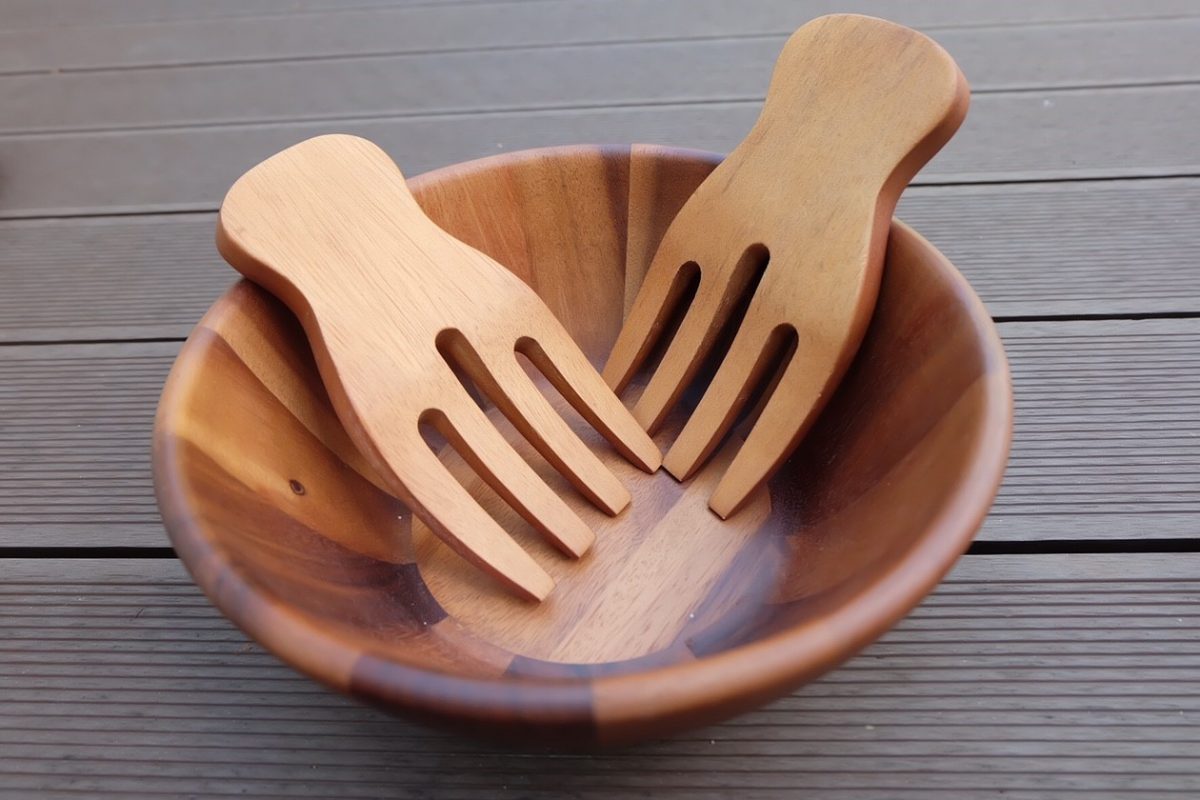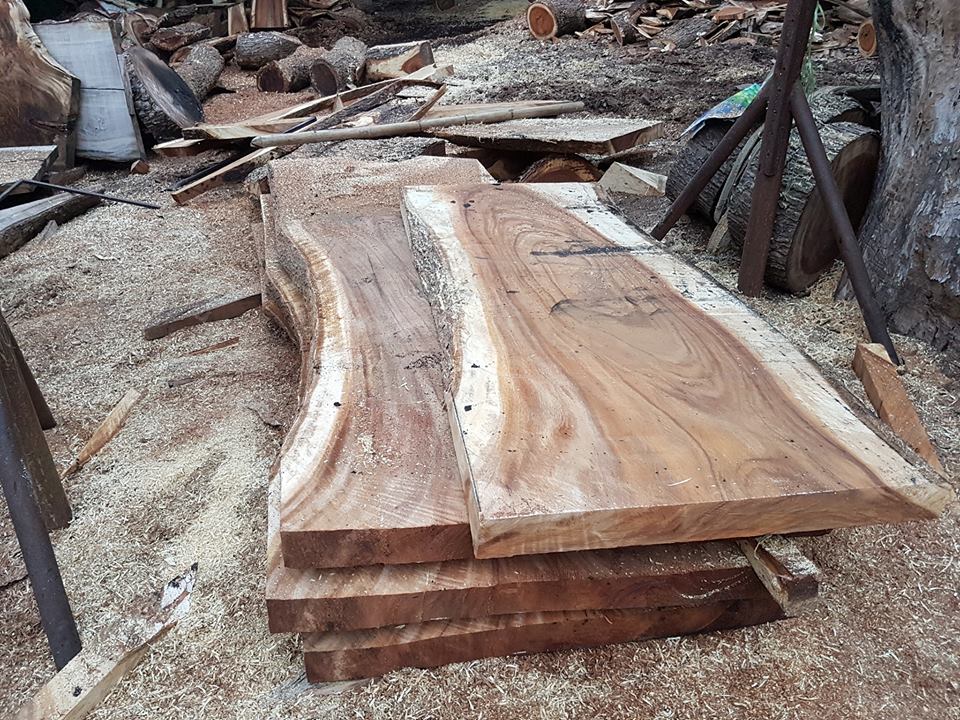Articles
What is Acacia Wood?

What is Acacia Wood?
Acacia, commonly known as the wattles or acacias, is a large genus of shrubs and trees in the subfamily Mimosoideae of the pea family Fabaceae. Initially, it comprised a group of plant species native to Africa and Australasia, but it has now been limited to contain only the Australasian species. The genus name is New Latin, borrowed from the Greek ἀκακία (akakia), a term used by Dioscorides for a preparation extracted from the leaves and fruit pods of Vachellia nilotica, the original type of the genus. In his Pinax (1623), Gaspard Bauhin mentioned the Greek ἀκακία from Dioscorides as the origin of the Latin name.
In the early 2000s it had become evident that the genus as it stood was not monophyletic and that several divergent lineages needed to be placed in separate genera. It turned out that one lineage comprising over 900 species mainly native to Australia, New Guinea, and Indonesia was not closely related to the much smaller group of African lineage that contained A. nilotica—the type species. This meant that the Australasian lineage (by far the most prolific in number of species) would need to be renamed. Botanist Leslie Pedley named this group Racosperma, which received little acclaim in the botanical community. Australian botanists proposed a less disruptive solution setting a different type species for Acacia (A. penninervis) and allowing this largest number of species to remain in Acacia, resulting in the two Pan-Tropical lineages being renamed Vachellia and Senegalia, and the two endemic American lineages renamed Acaciella and Mariosousa. Although many botanists still disagreed that this was necessary, this solution was eventually officially adopted at the Melbourne International Botanical Congress in 2011.
Acacia remains a widely used common name across genera.
A number of species have been introduced to various parts of the world, and two million hectares of commercial plantations have been established. The heterogeneous group varies considerably in habit, from mat-like subshrubs to canopy trees in a forest.
Aboriginal Australians have traditionally harvested the seeds of some species, to be ground into flour and eaten as a paste or baked into a cake. The seeds contain as much as 25% more protein than common cereals, and they store well for long periods due to the hard seed coats.[29] In addition to utilizing the edible seed and gum, the people employed the timber for implements, weapons, fuel and musical instruments. A number of species, most notably A. mangium (hickory wattle), A. mearnsii (black wattle) and A. saligna (coojong), are economically important and are widely planted globally for wood products, tannin, firewood and fodder. A. melanoxylon (blackwood) and A. aneura (mulga) supply some of the most attractive timbers in the genus. Black wattle bark supported the tanning industries of several countries, and may supply tannins for production of waterproof adhesives.
Acacia is a common food source and host plant for butterflies of the genus Jalmenus. The imperial hairstreak, Jalmenus evagoras, feeds on at least 25 acacia species.
Wattle bark collected in Australia in the 19th century was exported to Europe where it was used in the tanning process. One ton of wattle or mimosa bark contained about 68 kilograms (150 pounds) of pure tannin.
In ancient Egypt, an ointment made from the ground leaves of an Acacia (sensu lato) was used to treat hemorrhoids. Acacia (sensu lato) is repeatedly mentioned in the Book of Exodus, perhaps referring to Vachellia tortilis (previously known as Acacia raddiana), in regards to the construction of the Tabernacle.
In Exodus 25:10, acacia wood is mentioned as the construction material for the Ark of the Covenant.
The hardened sap of various species of the acacia tree (sensu lato) are known as acacia gum. Acacia gum is used as an emulsifier in food, a binder for watercolour painting, an additive to ceramic glazes, a binding in gum bichromate photography, a protective layer in the lithographic processes and as a binder to bind together fireworks.
Acacia honey is not collected from plants in the acacia family, but rather from Robinia pseudoacacia, known as black locust in North America. Honey collected from Caragana arborescens is sometimes also called (yellow) acacia honey. See also Monofloral honey.
Acacia is mentioned in an ancient Egyptian proverb referred to by Amenhotep II, “If you lack a gold battle-axe inlaid with bronze, a heavy club of acacia wood will do?”
Source: Wikipedia

